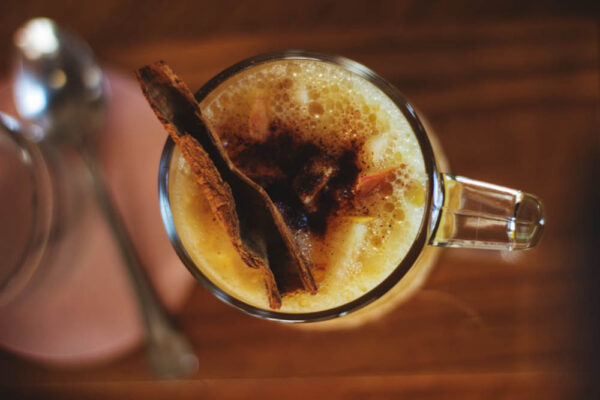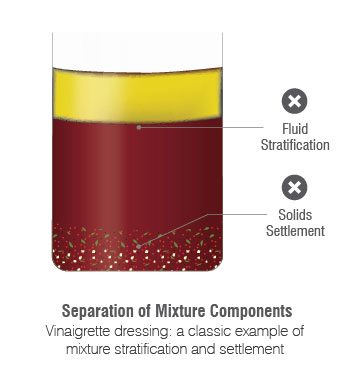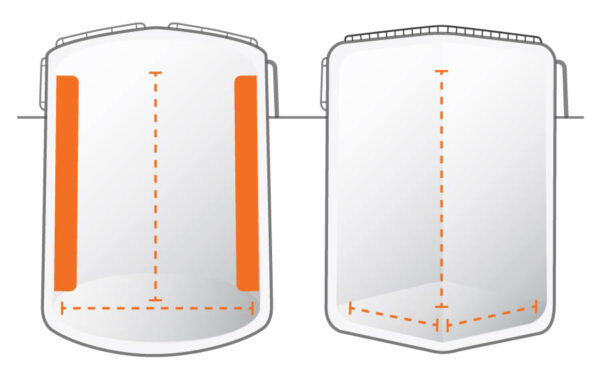
Neutralization Mixing for pH Control
Neutralization Mixing for pH Control Wastewater Treatment Neutralization Neutralization, also known as pH control, is the process of adjusting or maintaining a desired pH level in the wastewater. Generally, neutralization involves the introduction of chemicals to bring water to a neutral pH of 7.0: Acids with a pH less than 7.0 are used to lower the pH of a tank of basic liquid Bases or caustics with a pH higher than 7.0 are used to raise the pH of a tank of acidic liquid The objective of neutralization is to bring effluent wastewater to a neutral pH of 7.0, meaning neither acid nor base, making it suitable for discharge. The acceptable pH level of the discharge varies by location and





